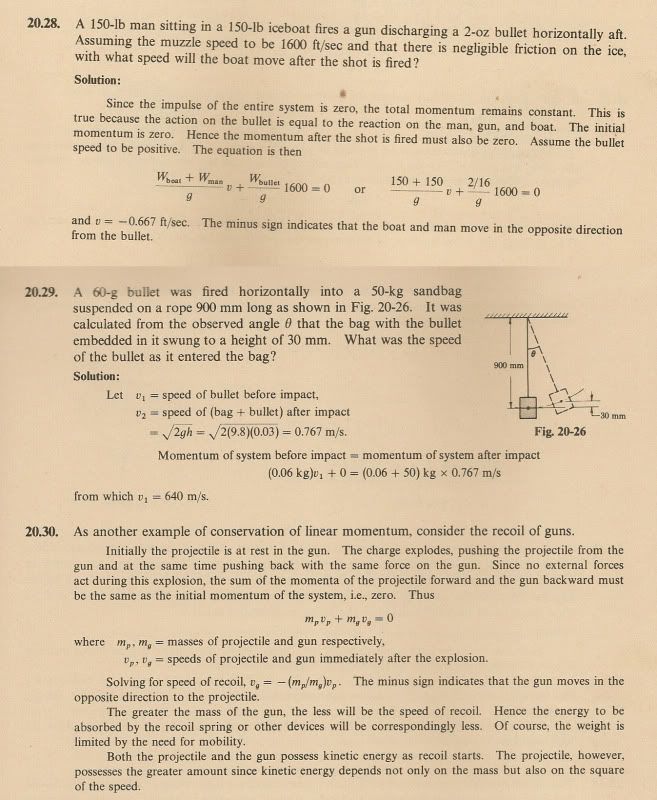Southern Shooter
New member
If you have a .44 Magnum and a .454 Casull, both with 4" barrels, both weighing about the same...ballpark 43 ounces, both shooting the same weight cast lead bullet of 240 grains, and both shooting these 240 grain bullets at 1,200 FPS:
Which revolver would kick the hardest? How would the recoils of each gun compare to the other?
Thanks
Which revolver would kick the hardest? How would the recoils of each gun compare to the other?
Thanks

